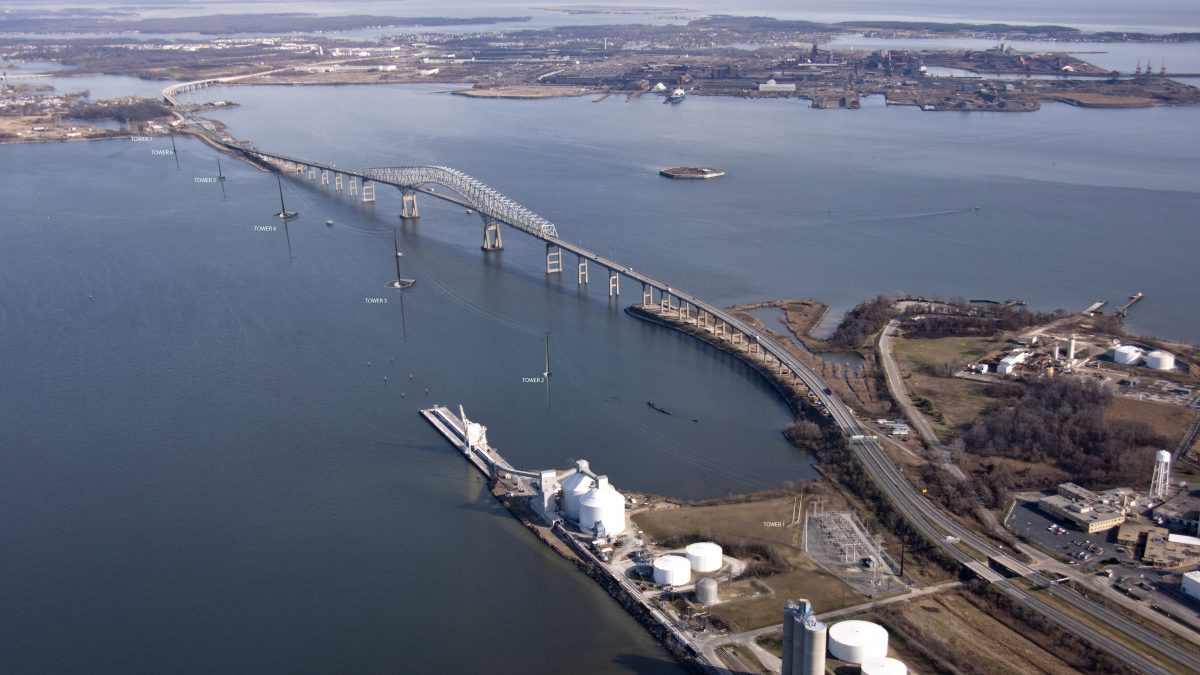- Joined
- 31 May 2016
- Messages
- 14,453
- Reaction score
- 2,143
- Country

If only there was a whole industry dedicated to installing impact protection solutions for bridges in shipping channels…. Oh wait, there is.Hindsight is a wonderful thing

If only there was a whole industry dedicated to installing impact protection solutions for bridges in shipping channels…. Oh wait, there is.Hindsight is a wonderful thing
but given the depth in the area, a bit of banking or breakwater around the critical pillars would have caused a grounding rather than total destruction.

But in this case that would not have been possible.

Meanwhile, back in Congress, whilst Republicans vote against infrastructure spending, people are dying. Thank the Lord, they are not all as stupid as Trump and his idiot horn-smokers.If only there was a whole industry dedicated to installing impact protection solutions for bridges in shipping channels

Hindsight is a wonderful thingIf only there was a whole industry dedicated to installing impact protection solutions for bridges in shipping channels…. Oh wait, there is.

In what way? Were they in danger of impact from a large boat?Someone thought it was worth protecting the overhead cables.


In what way? Were they in danger of impact from a large boat?

Can you narrow it down for me please? In what way did they protect the overhead cables?
Key Crossing: Maximizing Reliability, Minimizing Impacts
<p>BGE continuously monitors its equipment in order to continue safe and reliable service for our customers. As infrastructure ages, we repair or replace impacted equipment… even when it runs under a major waterway.</p>www.bgenow.com

The overhead option is still a complex project, as the Patapsco River is approximately 2 miles wide where the overhead lines will be placed. BGE will construct eight total transmission towers; five of them will be placed in the Patapsco River and equipped with collision-protection structures.Can you narrow it down for me please? In what way did they protect the overhead cables?
So they are visually less easy to distinguish at the water line? Whereas the bridge supports are supposedly easier to define in most scenarios (fog, poor weather, poor light etc).The overhead option is still a complex project, as the Patapsco River is approximately 2 miles wide where the overhead lines will be placed. BGE will construct eight total transmission towers; five of them will be placed in the Patapsco River and equipped with collision-protection structures.

